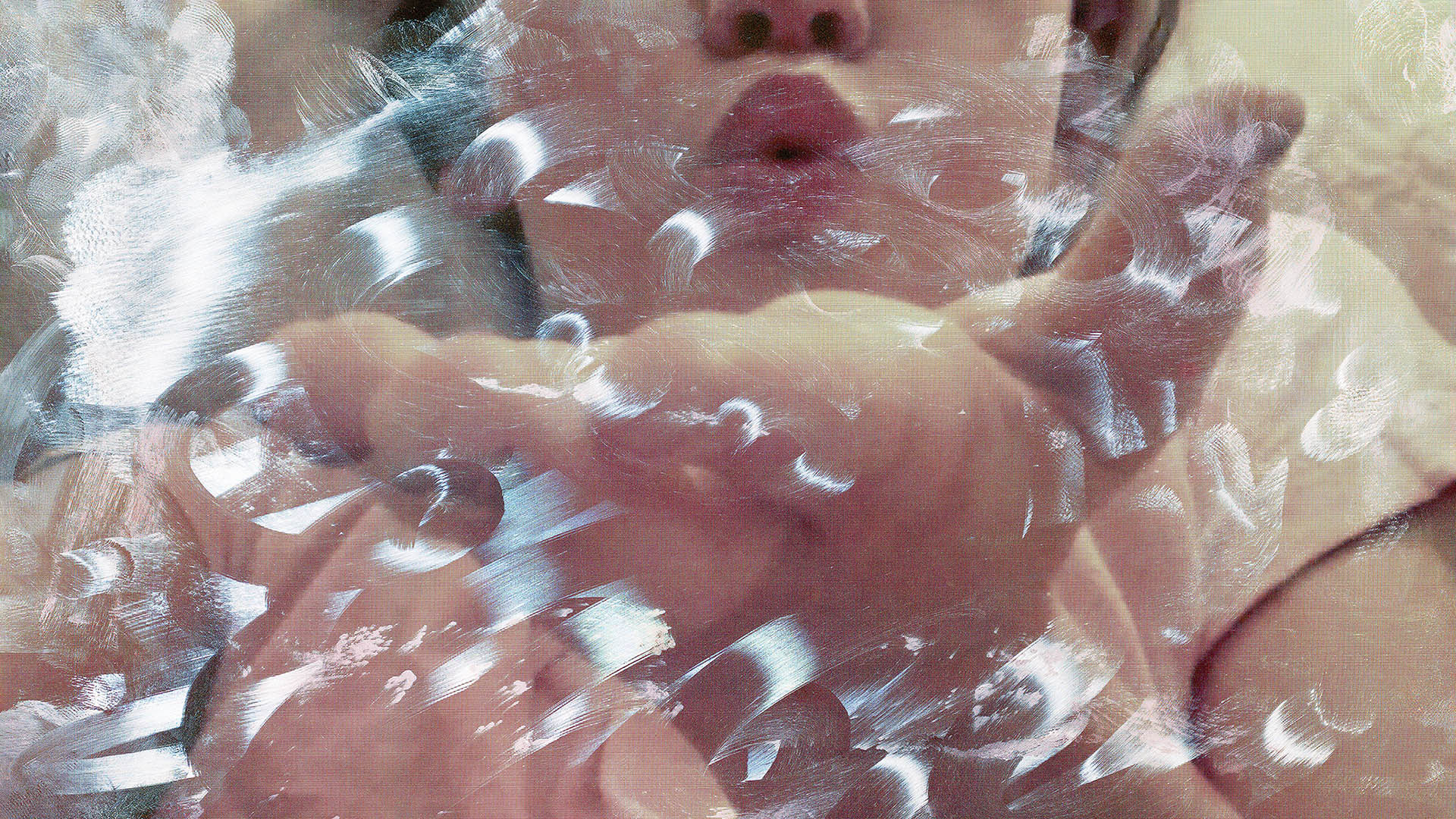In a new series, artist Tabitha Soren captures the world as she sees it through her iPad, photographing the fingerprints that dot her screen in a pointed commentary on the relationships we have with technology—and not with each other.

You’re getting blind.
Don’t miss the best of visual arts. Subscribe for $9 per month or $108 $90 per year.
Already suscribed ?



